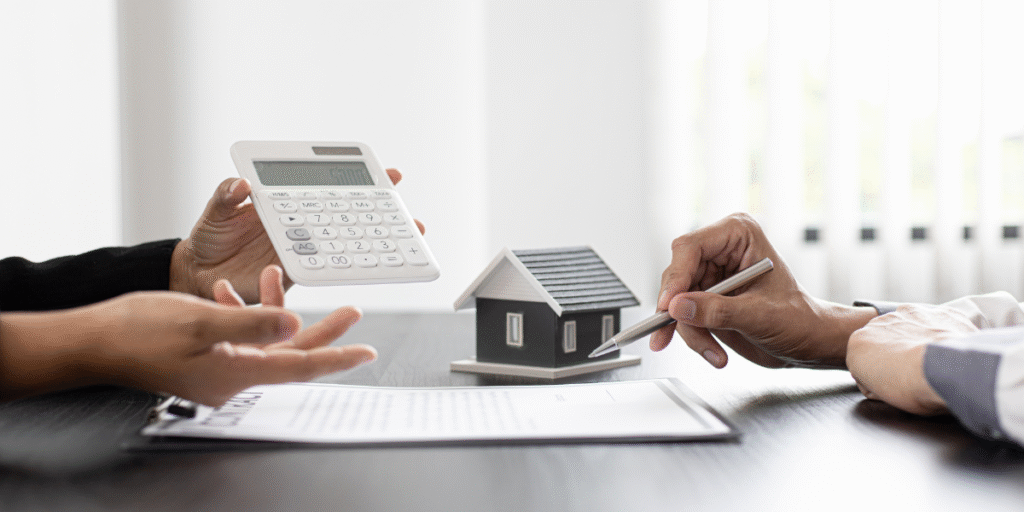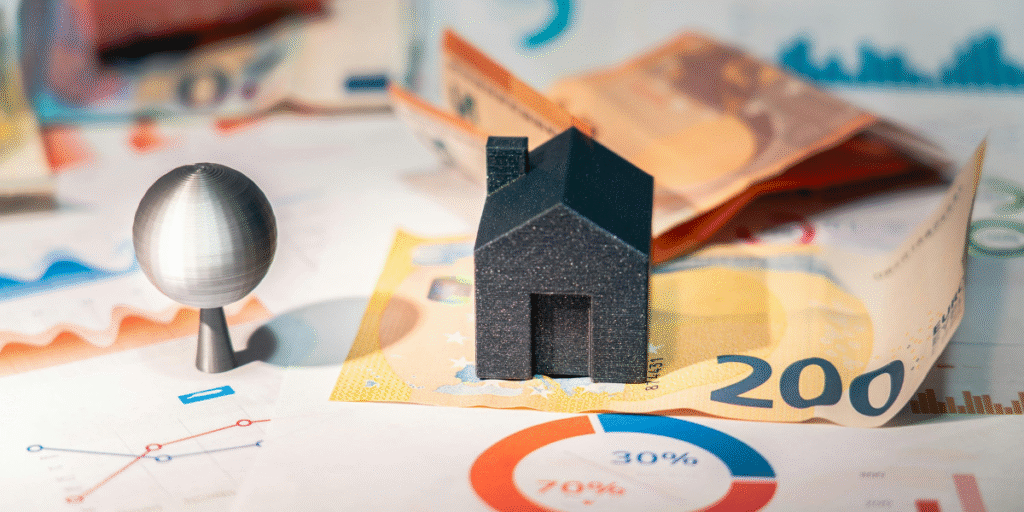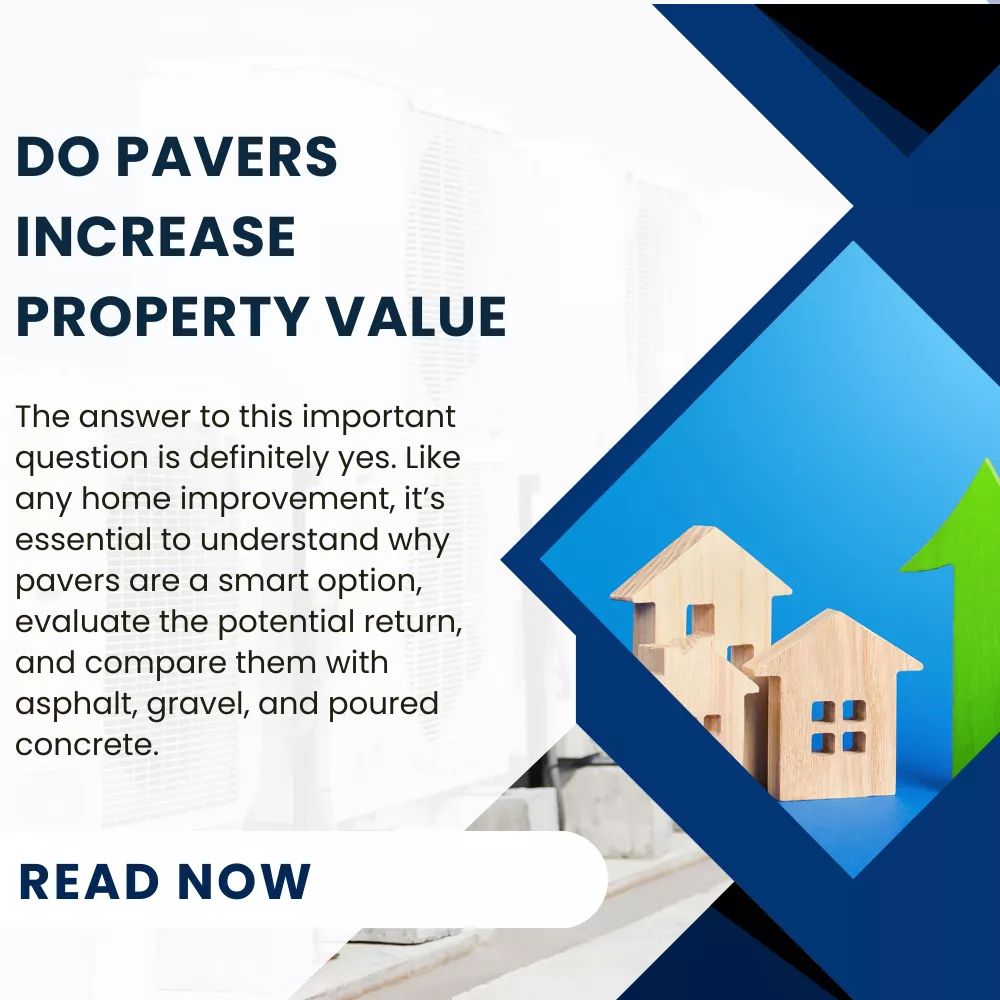Let’s face it: if you currently reside in Austin, are considering relocating there, or are even considering investing there, you have undoubtedly wondered how much does a house value increase each year in Austin. This is not only a fascinating topic; it matters financially as well. Over the past two decades, Austin has moved from a quiet college town to become one of the most active and wanted housing markets in the country. By offering a warm climate, a lively food and music area and many technology jobs, this Texas capital has won over homebuyers and investors alike.
However, complexity comes along with all the hype. In reality, how quickly are home values increasing? In 2025, what does it mean for buyers and sellers? Austin’s housing trends will be thoroughly examined in this guide, supported by actual data and presented in understandable terms. The information here is designed to meet the goals of settling down, building equity or flipping houses. // Change the entire paragraph as it does not look or sound good. (Done)
How Much Are Homes Selling For In Austin Housing Market?
Before we get into anything else, let’s find out what the current price of an Austin home is.
The median price of homes sold in Austin during spring 2025 is about. This is up by more than 4.5% from $507,000 at the same point last year. While the increases in 2021 were much larger, the stable rise now means the market is sustainable.
If a home has many features and enough size, you can expect to pay over $700,000 in places like Mueller, Zilker and Bouldin Creek, which often reach over $1.2 million. Manor, Hutto and Kyle, which cost between $350,000 and $450,000, are seeing their own real estate booms and giving first-time purchasers more opportunity.
So, if you’re looking at Austin home prices, you should realistically set your budget and choose the area that fits you best.
How Long Are Homes Taking To Sell?

Moving fast in real estate can be very valuable. On average, homes in Austin metro sold within a period of 28 to 40 days in early 2025, but it depended on the neighborhood and the specific home. Before late 2023, when home buyers were put off by high mortgage rates, homes were sitting on the market for more than two months on average.
Fast-moving zip codes such as 78704, 78703, and 78701, typically see number of homes go quickly if the price is right and the home looks attractive.
This indicates that demand is back. Buying activity is picking up again as buyers start returning and mortgage rates are heading lower. While last year was much wilder, the current market still favors those looking to sell.
If your house is priced right and spotlighted effectively, quick and excellent offers are still possible. It teaches buyers to be quick and to partner with a realtor who can skillfully negotiate quickly.
What Are Austin’s Median Property Sale Prices?
So, how are those median sale prices changing from year to year?
According to market data, the local median home price in Austin in 2025 is expected to be between $515,000 and $540,000 based on the amount of inventory and new listings. Although it is only a small rise from past year, it follows an upward trend that started more than ten years ago.
For perspective, the median price of a home in Austin during 2015 was $263,900. We see that the property’s value has more than doubled over the past decade, a real surprise that far surpasses typical growth in the country.
So, when someone asks you, “how much does a house value increase each year in Austin?”, you can say with confidence that it is usually between 4% and 6%, with many years surpassing even that.
What’s causing these median gains? Population growth, a shortage of available housing, steady job growth (hello, Apple and Tesla), and Austin’s rising status as a lifestyle destination are all contributing factors to this ratio.
What Is The Austin, TX Real Estate Appreciation Rate Each Year?
Things start to become a little more analytical at this point.
The typical home appreciation rate for Austin from 2013 to 2023 decreased between 5% and 7%, but in 2021, the gain was over 20% year-over-year. Still, because interest rates were on the rise in 2023, it slowed the market, allowing for an important and healthy correction.
We’re back on track now that 2025 has arrived, with the majority of analysts projecting a consistent 5.2% annual appreciation rate as of April 2025. As a result, Austin housing market is among the most resilient in the country and among the best-performing in Texas.
Crucially, this type of expansion isn’t predicated on conjecture or exaggeration. It is based on actual demand, which includes a young, mobile population, robust job growth, and a small housing stock. For this reason, Austin is being closely watched by both long-term homeowners and real estate investors.
Again, the answer to this question is simple: increase in home values in Austin each year makes real estate a reliable investment for the city.
Is It A Buyer’s Or Seller’s Housing Market?
Austin is in a precarious position as of 2025. The market has stabilized in more neutral territory after slanting significantly in favor of sellers for the majority of the previous five years. However, it’s still a slight seller’s advantage, particularly in core neighborhoods, so don’t get too comfortable.
The main factor at play here is low inventory. There simply aren’t enough homes available in popular areas, despite the fact that new construction is booming in the suburbs. This maintains prices stable and competition high.
This year, homebuyers do have some advantages, particularly with more flexible sellers, more realistic pricing, and more options in outlying areas. However, the best bargains are selling out quickly, so being organized and getting local advice are essential.
As long as demand is strong, now is a great time for sellers to list. Timing and patience are crucial for buyers. In any case, you can take advantage of the ideal opportunity by collaborating with an astute local realtor.
Market Trends For Austin’s Housing Market in 2025

What can we anticipate for the remainder of 2025 and beyond, then? The following are the main market trends influencing Austin’s housing market going forward:
- Continued In-Migration: Demand and capital are being brought to Austin by the continued migration of people from California, New York, and Illinois.
- Tech Sector Resilience: Housing demand close to tech hubs is predicted to remain high as major players expand their campuses in Austin.
- Work in Hybrid Form Driving Suburbs: Due to the opportunity to work from home, communities such as Round Rock and Dripping Springs are becoming more and more popular for rent and homeownership.
- More Condo Construction: Developers are going vertical, particularly in downtown and South Austin, to address the lack of available land.
- Affordability Crunch: Although progress may be sluggish, expect more policy discussions and initiatives aimed at expanding the supply of affordable housing.
These factors guarantee that Austin will develop rather than merely expand. And that evolution means long-term value if you’re investing here.
Conclusion
So, how much does a house value increase each year in Austin? Although nobody can predict the future, history, economics, and current trends indicate that Austin will continue its track record of consistent growth, usually ranging from 4% to 6% annually, with larger gains in the most sought-after zip codes.
There are opportunities waiting, whether you’re considering selling your property in Pflugerville, upgrading to a family home in Barton Hills, or purchasing your first condo downtown.
Zillow searches alone, however, are not enough to navigate this complicated market. A guide who fights for your best interests and is familiar with the neighborhoods and trends is what you need.
We can help with that. As a reputable Austin realtor, we offer in-depth knowledge of the area, smart negotiating abilities, and a straightforward approach to assisting you in making a confident purchase or sale. Are you prepared to take action? Get in touch with us right now to discover Austin real estate’s full worth.
FAQs
Q. Which Austin Neighborhoods Are The Best For Long-Term Appreciation?
A: Each year, Tarrytown, East Austin and South Lamar have strong growth because of their location, the schools nearby and what they offer residents in terms of rental and homeownership. Their attractions mix vintage architecture and modern building projects.
Q. Do Seasonal Trends Impact The Value Of Homes In Austin?
A: Yes. An increase in buyers causes home prices to rise higher during spring and early summer in the Austin real estate market. During the fall and winter, most real estate activity starts pending and slowing down, so making a good decision then is easier.
Q. What Impact Will Upcoming Technological Advancements Have On Austin’s Real Estate Market?
A: More demand will arise, mainly near Google, Meta and SpaceX offices, as these companies grow, according to Austin housing market forecast. The rising prices are likely to continue as high-income workers choose to settle here.
Q. Which Is Preferable: Purchasing An Existing Austin Home Or A New Construction?
A: It relies on what your main needs are. Suburban new builds generally come with warranties and use less energy, while properties within town limits are older and often have distinct features, lovely gardens and great locations that increase faster in value.







